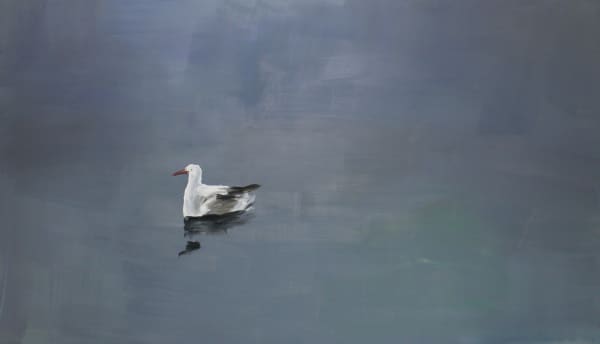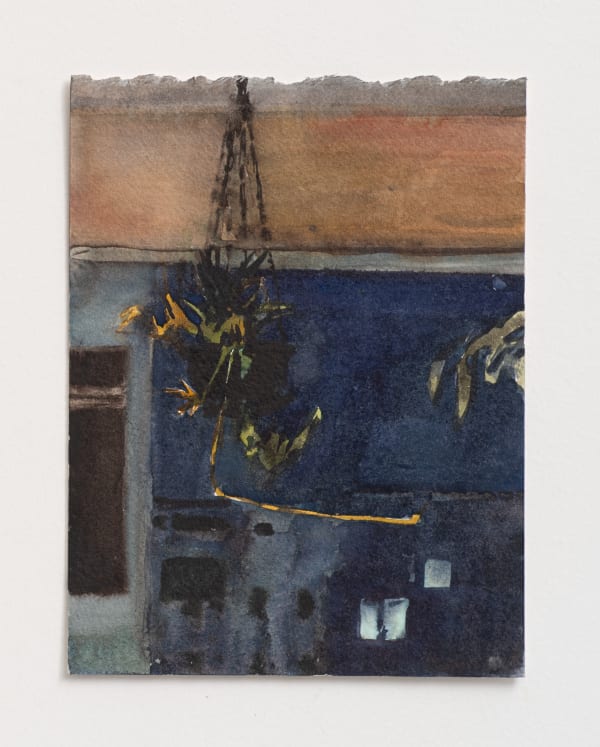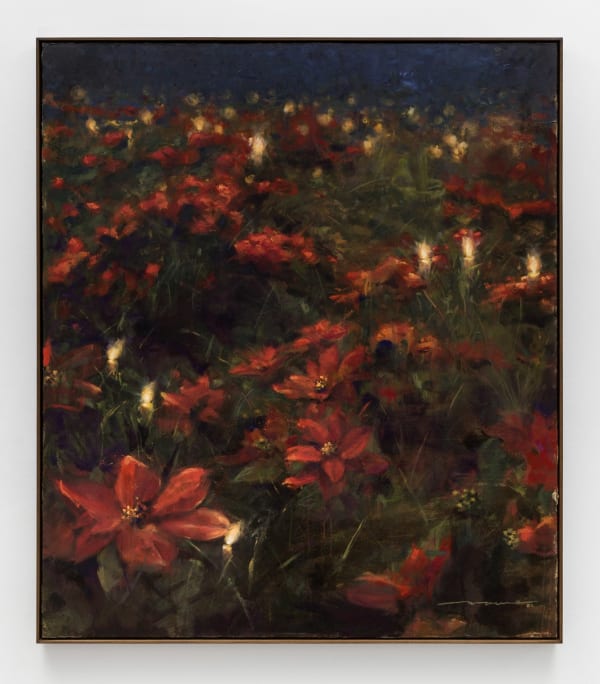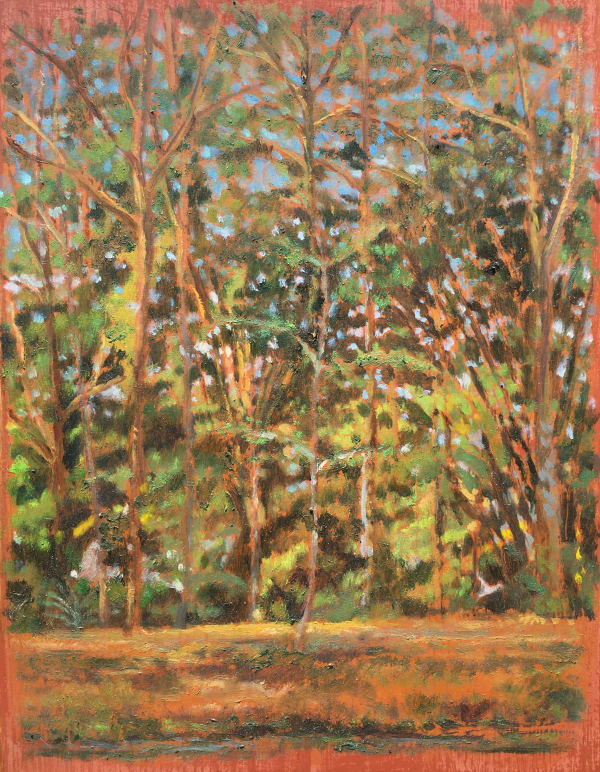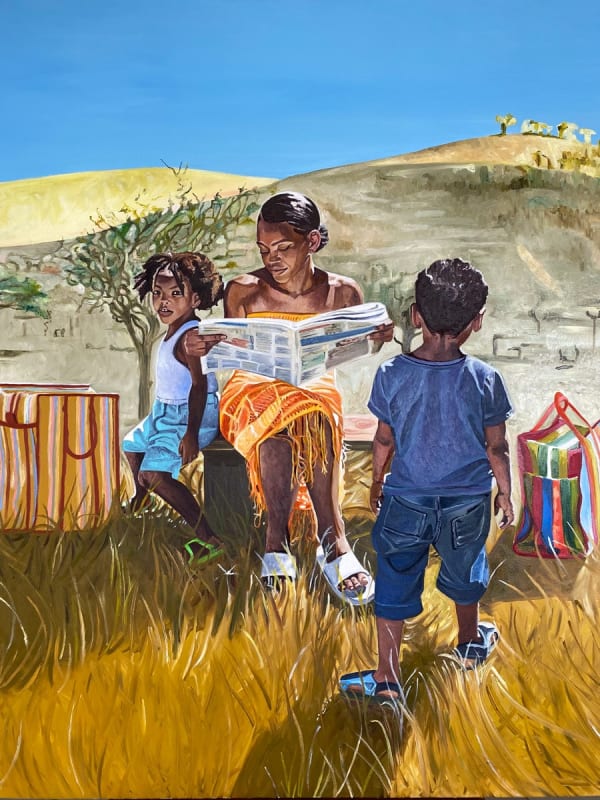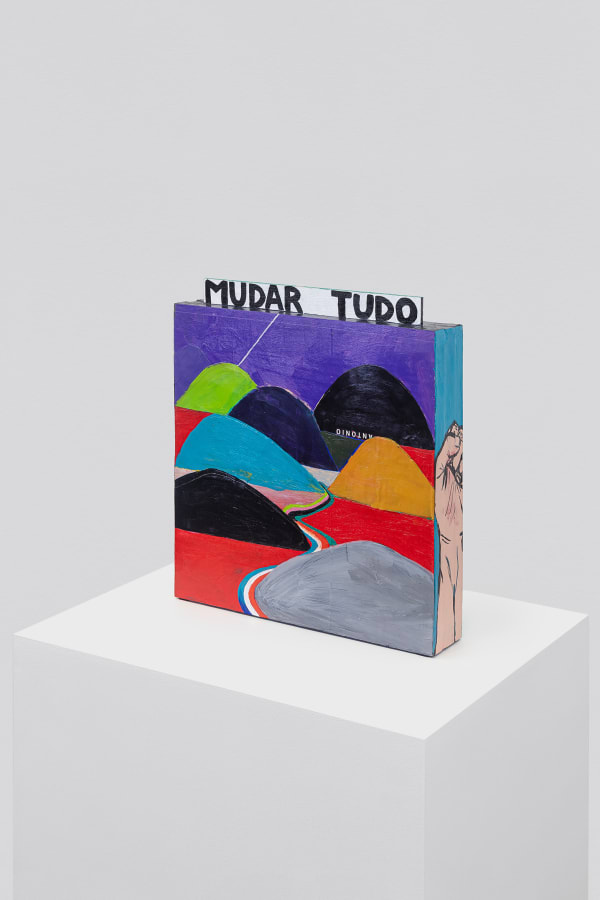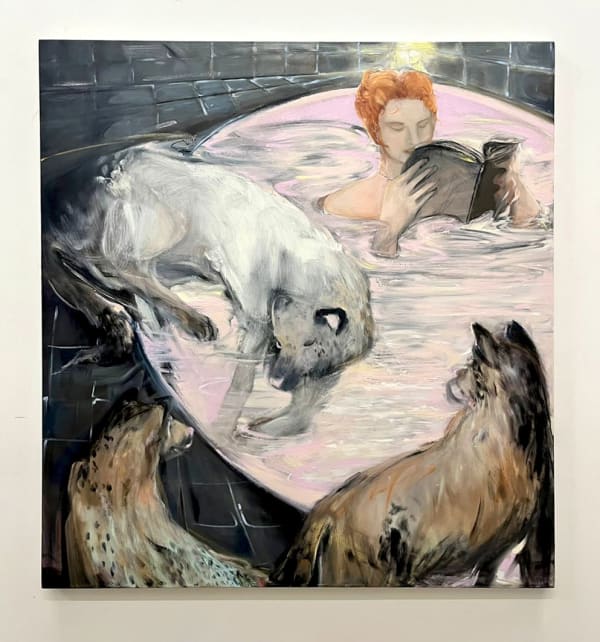-
The word quintal [backyard] evokes the idea of something small. It’s a space preserved deep in the memory of the Brazilian dwelling, intrinsic to our culture despite its distant Roman origins. This small piece of land, often paired with a garden or vegetable patch, has become essential to all kinds of homes, emerging from the adaptation of the rural dwelling and agricultural activity.
As a threshold between public and private, interior and exterior, rural and urban, the backyard is more than just a physical space. This small territory between a person’s dwelling and the world bears a powerful image of day-to-day events and commonplace things. Dreams germinate, small beginnings sprout, and everyday routines lose their hold in this place where a wide range of activities break the rigidity of daily life.
Its greatest magic lies in how it is actually a flipside version of the street, a place sheltered from view but open to the sky. Here hands and feet make contact with hard-packed bare ground, while the sun, rain, and wind directly touch one’s skin. The backyard is a meeting point between the earthly and the ethereal, a place where we whisper secrets to the stars and imagine previously undreamed-of futures.
Like a cabinet of curiosities, the backyard arises from a gathering of memories. Here old treasures and ordinary sundries find their place – the bicycle that was once our companion on adventures now coexists with wash basins, while clothes hanging on the line converse quietly with garden plots of vegetables and flowers. Among stored objects accumulating dust and warm feelings, amid traces of simple moments, the backyard becomes a space where time slows down for contemplation. There is something about its very nature that beckons us to linger over things that would otherwise seem too small to matter.
-
The exhibition Meu quintal é maior que o mundo [My Backyard is Bigger than the World] takes its name from a line by Manoel de Barros, published in his poem “O Apanhador de Desperdícios” [The Catcher of Squandered Things]. In an age when eyes rarely pause to observe their surroundings, the writer invites us to suspend our forward march and take careful note of small and seemingly insignificant things. To build his backyard, Barros carefully chooses each turtle, stone, and insect, creating a space where imagination, memory, and reality interweave.
His poetic operation reveals deep connections between studio work and backyard cultivation. In the backyard shaped by each artist, time defies the hurried pace that consumes our days. Again and again, artists welcome what lives at the fringes, giving center stage to unexpected beings and things.
The group show now at Casa Triângulo explores the backyard as both an objective theme and a concept, bringing together artists from different generations. Through four exhibition sections, it reveals different ways of understanding what a backyard can be.
The works featured in the show reveal the backyard as a territory where the commonplace meets the sublime, where the present exists in dialog with memories and future possibilities. Here the smallest things find their voice, and time seems to fold back on itself. As spaces of encounter between the private and the collective, these artists’ backyards transform the raw materials of the world, opening gaps through which we can glimpse the extraordinary in what was previously invisible.
Priscyla Gomes
-
The exhibition features works by
Albano Afonso, Amorí, Ana Paula Sirino, Andy Villela, David Almeida, Diego Mouro, Eduardo Berliner, Fernanda Galvão, Heitor Dos Prazeres, Leticia Lopes, Lucas Simões, Luiza Gottschalk, Marina Hachem, Mauricio Adinolfi, Mauricio Parra, Mauro Restiffe, Paula Scavazzini, Rafael Chavez, Sandra Cinto, Vânia Mignone, Yohana Oizumi, Zé Carlos Garcia AND Zé Tepedino.
-
-
(1) From hard-packed bare ground to the universe explores the range of scales inherent in our understanding of the backyard. The works move between soil, as a living material that roots us to this intimate place, and the cosmos, which allows us to perceive changes in the climate, to note the passage of time, and to gain glimpses of what is to come.The scale in these works – as seen in the large-format paintings and photographs – is not merely a formal decision, but also a means of raising fundamental questions. As science has demonstrated through its most iconic images, when we observe and record something from very close up or very far away, we often find ourselves bewildered by the views seen through microscopes or satellites.The artworks explore the vastness of waters and celestial bodies, as well as extracts of soil and organic matter that give rise to lives. The backyards of Albano Afonso, Eduardo Berliner, Sandra Cinto and Maurício Adinolfi are intriguing for their ability to embrace immensity and make it deeply personal, as if one could keep a lake, the sea, and even the stars in one's pockets.Marina Hachem, Fernanda Galvão, Lucas Simões and Zé Tepedino explore tensions between material reality and fictional composition. In some works, the sculptural handling of elements and the scale employed create a powerful and concise synthesis.The multiplicity of elements in Fernanda Galvão and Luiza Gottschalk's vast landscapes suggests a pulsing dynamism between species and states, allowing us to envision utopian and dystopian horizons. As we are plunged into these landscapes, we experience the twists and turns of an unknown tomorrow.
-
-
-
(2) My backyard frames the landscape features artists whose careful observation of their surroundings reveals unique aspects of the objects they depict, through their distinct treatment of mangroves, hills, and wooden fences. The approaches and techniques of David Almeida, Diego Mouro, Mauricio Parra, and Paula Scavazzini evince an ongoing dialogue with what they observe.The meticulous, sometimes obsessive act of contemplation of some of these artists is reflected in their painstaking preparation and choice of pigments. Almeida and Parra exemplify this approach, where different depictions of Brazilian regional landscape coexist in the gap between eye and hand. Many of these artworks involve the use of found pieces of wood as a support, canvas prepared with Armenian bole, and specially made natural pigments.
-
-
-
(3) The backyard as a territory for everyday encounters and exchange reflects on the prosaic and shared experiences of backyard life. It is a space of coexistence, where family routines, celebrations, and spiritual connections come together in the works of artists like Mauro Restiffe, Ana Paula Sirino, Diego Mouro, Heitor dos Prazeres, and Yohana Oizumi.In Afro-Brazilian religions, where the backyard is synonymous with the terreiro – the sacred place where worship services are held – it becomes a sacred ground, a place for offerings, for gira, for entering trance states.Samba, as seen in the works by Heitor dos Prazeres, appears as an expression of the festive events often held in these spaces, reflecting its power to bring people together, its musical uniqueness, and its role in affirming the Black community’s presence in Brazilian urban life. Eternalized in get-togethers for samba music and dancing in backyards, it continues here as a cathartic and communal moment.In these artworks, the backyard expands from individual contemplative experience into an environment where we share stories, legends, practices, and dances, watching the day dawn in samba.
-
-
-
(4) From my backyard, the most remote dreams presents works that explore the dreamlike and the surreal, highlighting how the backyard can serve as a place of refuge. Here, the backyard isn't just physical space but also a psychic metaphor – a place that beckons us to imagine landscapes, feelings, and possible realities.Seeking to materialize the indiscernible, the artists in this nucleus make logical connections that reveal what remains hidden or covered. Zé Carlos Garcia's hybrid sculptures blend vernacular wisdom with an elaborate combination of shapes drawn from animals, fruits, vegetables, and eggs. Through painting, Andy Vilella, Amorí, and Rafael Chavez construct landscapes rich with symbolism, while Vânia Mignone and Letícia Lopes open fissures into the inner self.The artists featured in this show infuse their work with the world's incompleteness. It is from the gaps of existence that they draw their impulse to create, while their various poetics gain strength in reverie and chimera. Diving into the intimate, they recover memories and transform experiences into raw material for their production. Their backyards expand, reaching the deepest recesses of being.
-
-
-


